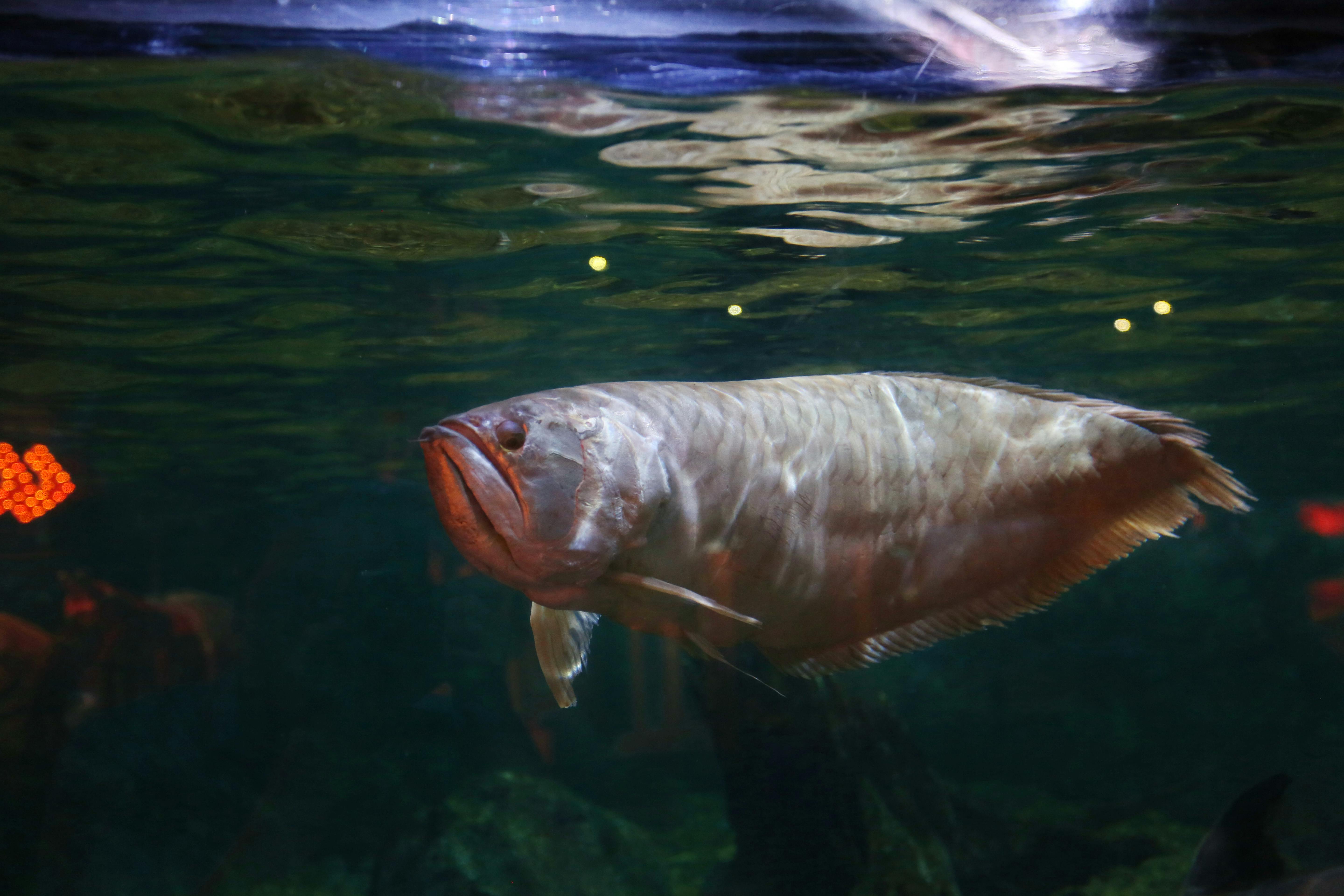
Smart Ways to Choose Isopod for Sale in 2025
As the interest in isopods continues to grow among aquarists, finding the right isopod for sale has become more critical than ever. These fascinating creatures come in various species, each offering unique traits that can enhance your aquarium or terrarium experience. In 2025, we will explore effective and smart ways to choose the perfect isopod for your needs, how to properly care for these creatures, and what options you have when looking to buy isopods online.
This article will delve into isopod types, habitat requirements, maintenance, and best practices for keeping isopods as pets. Be prepared to gain insights that will help you optimize your isopod journey!
The Appeal of Isopods as Pets
Isopods, especially live isopods, have gained popularity due to their intriguing behavior and ecosystem contributions. They are a great addition to any freshwater or marine aquarium, providing a natural method of waste management and contributing to the nitrogen cycle. Their ecological role helps maintain a balanced aquarium environment, ultimately improving the health and vitality of other aquatic species.
In addition to their environmental benefits, isopods come in various vibrant colors and sizes, from the small dwarf varieties to larger species. Their adaptability makes them suitable for various setups, whether terrestrial or aquatic. If you are looking for isopods for aquarium, this article will guide you in selecting and caring for them effectively.
Understanding Isopod Species
When it comes to selecting isopods, recognition of different isopod species is crucial. Whether you are interested in freshwater isopods or need marine isopods, each species has distinct requirements and benefits. For example, the commonly known Armadillidiidae family includes the beloved pill bugs which can be perfect for beginners.
Additionally, species like the Porcellio scaber are exceptional detritivores that help keep your aquarium clean. Understanding isopod classification will help you choose the right species for your environment and aesthetic preferences, ensuring that your choice aligns effectively with your isopod tank setup.
Key Considerations for Isopod Purchase Decisions
Before making a purchase, there are essential factors to consider. Understanding isopod prices is a starting point; they can vary widely depending on the species, rarity, and supplier. Set a budget appropriate for your needs while keeping in mind that some exotic isopods may demand higher prices, but they can offer unique characteristics that enrich your aquarium. Further, knowing the factors affecting isopod care will help in maintaining them effectively after purchase.
Identifying Reliable Isopod Suppliers
Buying isopods from trustworthy suppliers is essential for ensuring that you receive healthy specimens. Look for isopod suppliers who focus on ethical breeding practices and provide clear information on species characteristics. Reviews and testimonials from other isopod enthusiasts can help you gauge the reliability of a supplier, ensuring you make a well-informed decision.
Additionally, you may consider checking dedicated isopod online stores that offer detailed descriptions and care instructions for each species, which can be particularly valuable for beginners.
Exploring Isopod Delivery Options
Another critical aspect of purchasing isopods is understanding the isopod delivery process. Isopods are live organisms, requiring careful handling during shipping to ensure their health upon arrival. Reputable suppliers will offer shipping options that prioritize temperature and humidity control, essential for maintaining the viability of these delicate creatures during transport.
When purchasing isopods online, always inquire about the shipping methods used to guarantee the survival of your new pets. Familiarize yourself with any potential costs associated with expedited delivery as they often ensure quicker transit times for live shipments.
Setting Up the Ideal Isopod Habitat
Once you have chosen your isopods, setting up an ideal habitat is crucial for their well-being. Whether focusing on fresh or marine species, understanding their isopod habitat requirements can significantly impact their health. The proper isopod tank conditions should include adequate substrate, humidity levels, and a temperature range suitable for the specific species you're keeping.
Isopod Tank Setup Essentials
Your isopod tank setup should mimic their natural environment closely. Start with a well-draining substrate that allows them to burrow, which serves their natural instincts. Consider including components such as decaying leaf litter and non-toxic plants that provide shelter and beauty to the habitat.
Installing filtration systems will help maintain water quality, especially for aquatic species, and regular monitoring of pH levels is necessary for optimal health. The substrate should be deep enough to allow burrowing activity, and it is essential to include areas for the isopods to hide and feel secure.
Feeding Your Isopods Properly
Providing a balanced diet is critical for your isopod's health. Understanding the isopod feeding habits is essential for keeping them alive and thriving. Isopods primarily feed on decaying organic material; thus, sourcing quality isopod food is important. You can provide leaf litter, algae wafers, and even fruits like cucumbers or carrots occasionally to diversify their diet.
Monitoring their response to different foods will give insights into their preferences and help maintain proper nutrition. Also, be cautious of overfeeding, as it can result in poor water quality and health complications.
Its part of generated content. Can i generate another part?